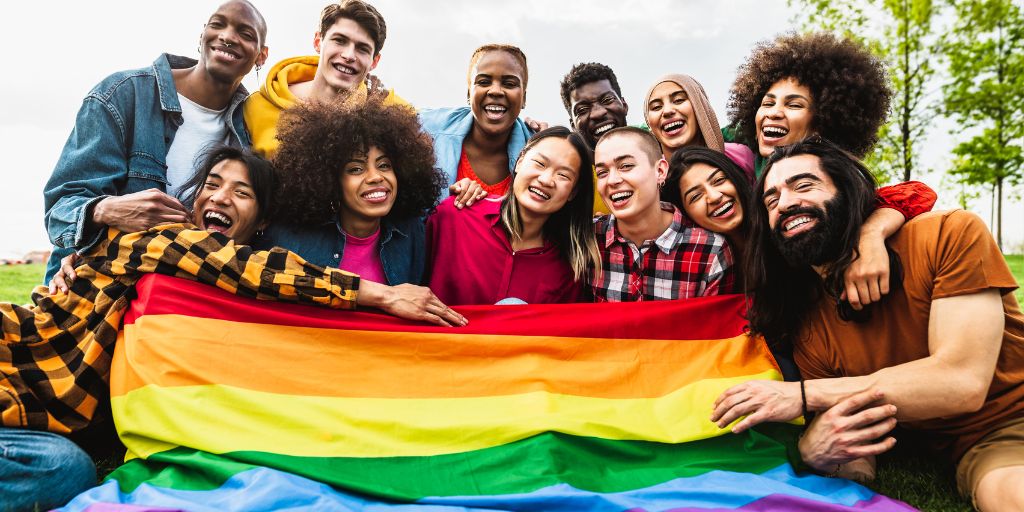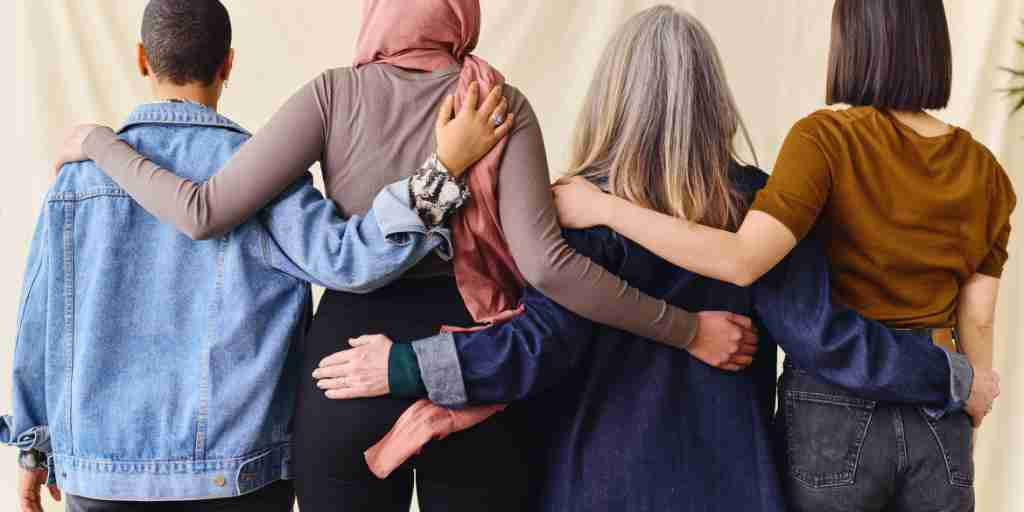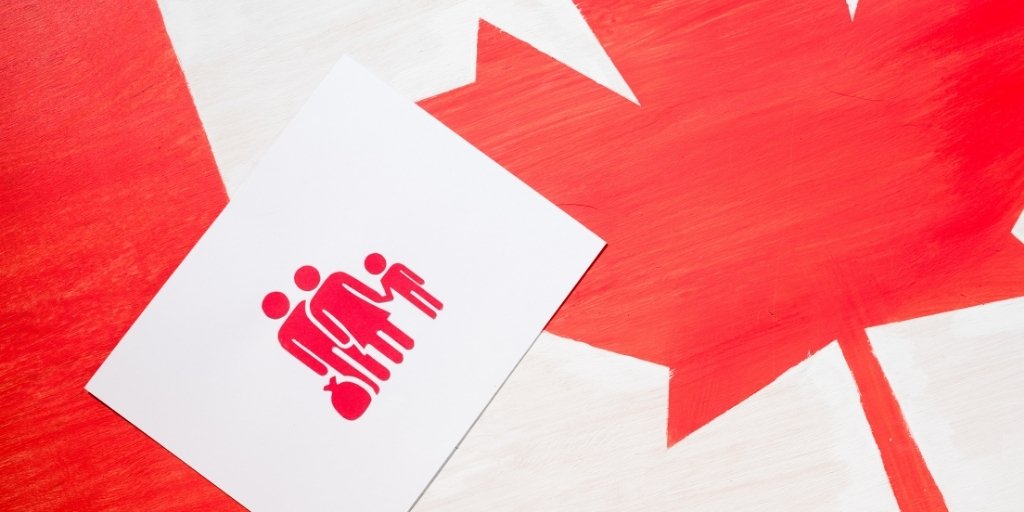The acronym LGBTQ+ has evolved significantly over the years, reflecting the community’s growth and the increasing awareness of diverse sexual orientations and gender identities. The term’s history and the meanings behind each letter tell a story of struggle, acceptance, and the ongoing pursuit of recognition and equality. In this blog, we’ll explore the latest version of LGBTQ+, discussing each letter’s meaning and the history and significance of the term.
History of the Term
The term “LGBT” originated in the late 20th century as activism around sexual orientation and gender identity became more prominent. The initialism has its roots in the phrase “gay and lesbian,” but as the community became more inclusive of various sexual orientations and gender identities, the acronym expanded.
- LGB was commonly used in the early 1990s, incorporating lesbians, gays, and bisexuals.
- T was added to include transgender individuals and highlight the difference between sexual orientation and gender identity.
- Q was included for those who identify as queer or are questioning their sexual orientation or gender identity, acknowledging the fluidity of both.
- + was eventually appended to include all other marginalized sexual orientations and gender identities, ensuring that the acronym could represent all communities without becoming unwieldy.
Breaking Down the Latest LGBTQ+ Acronym
The most inclusive and updated version of the acronym is LGBTQQIP2SAA+:
- L – Lesbian: Refers to women who are primarily attracted to other women.
- G – Gay: Originally referred to men who are attracted to men but is also used as a general term for homosexual.
- B – Bisexual: Individuals who are attracted to both their own gender and other genders.
- T – Transgender: People whose gender identity differs from the sex they were assigned at birth.
- Q – Queer: Queer is a term reclaimed by some LGBTQ+ people to describe themselves with pride and defiance against discrimination.
- Q – Questioning: Questioning is for individuals who are exploring their sexual orientation or gender identity.
- I – Intersex: Individuals born with physical sex markers (genitals, hormones, gonads, or chromosomes) that are neither exclusively male nor female.
- P – Pansexual: Those who experience sexual attraction regardless of sex or gender identity.
- 2S – Two-Spirit: A term used by some Indigenous North Americans to describe a person who embodies characteristics of both male and female genders, or a distinct third gender.
- A – Asexual: People who experience little to no sexual attraction to others of any gender.
- A – Agender: Individuals who do not identify with any gender.
- + – The Plus: Represents other identities.
The Significance of LGBTQ+
The significance of the evolving LGBTQ+ acronym lies in its representation of the diverse experiences within the community. Each addition to the term has been a step toward inclusivity, providing visibility and validation for individuals who historically have been marginalized or overlooked.
The term also symbolizes unity and solidarity within the community, embracing a multitude of identities that intersect and diverge in complex ways. The use of LGBTQ+ in activism, policy discussions, and personal identification fosters an environment where individuals can freely express their identities and live authentically.
The term LGBTQ+ stands as a testament to the resilience and diversity of the community it represents. It embodies the progress made in the fight for equality and the ongoing efforts to ensure every person is recognized and respected, regardless of how they identify. As our understanding of identity continues to expand, so too will the language we use, reminding us that inclusion is not a destination but a continuous journey.




